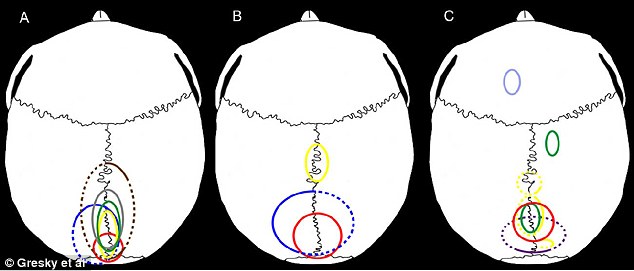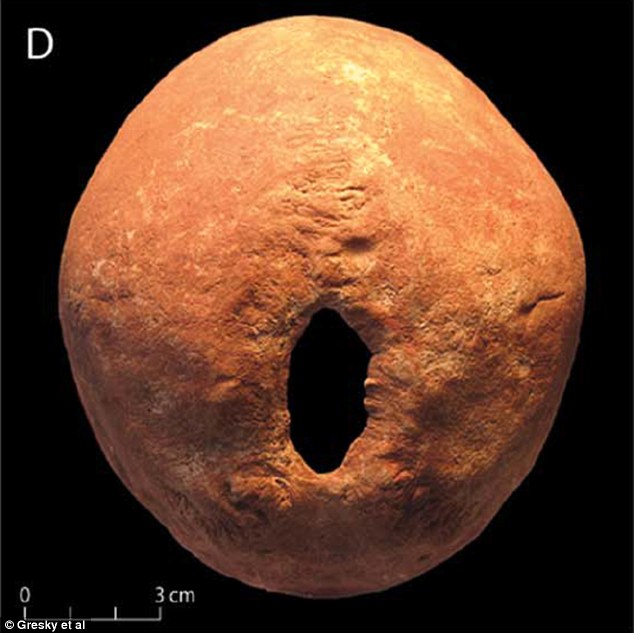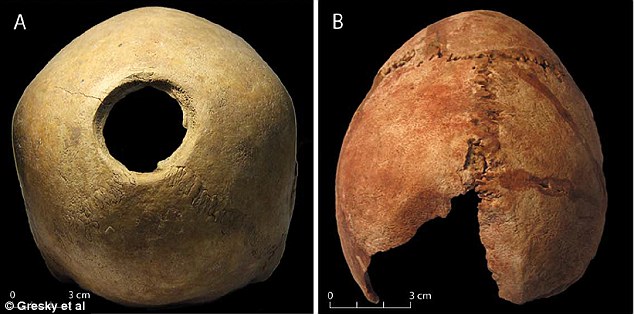To a modern mind the idea of drilling a hole in a human skull may seem unfathomable and barbaric; the ancients did not see at that as such.
Skull drilling techniques were a common practice in antiquity and people underwent the procedure for a variety of different reasons. In most cases ancient cultures apparently adhered to this bizarre technique for medical reasons. However in some areas of the world such as Bronze Age Russia for example, the purpose of drilling holes in the skull had a more religiously profound or more accurately ritualistic meaning associated with it.
A latest study into the application of the skull drilling has revealed some very interesting and at times disturbing facts about various aspects of the practice in the past.
The researchers did not succeed in pin pointing the correct age of the ritual; however they all agreed on a probable era within which the practice was widely accepted and commonly applied among dominating cultures. According to researchers the high-born and Royalty underwent the excruciatingly painful procedure, the ritual was rampant among some ancient cultures some 4,000 to 6,000 years ago.
The ritual had become a status symbol and every high standing person had to have it done if they wished to be accepted among the elites. Despite the gruesome nature of the procedure, the surgery (if you can call it a surgery) was often successful and people survived the initial ordeal and also the aftermath of the procedure.
The research and the subsequent study is a joint venture by the Moscow State University, Ministry of Culture of Stavropol, Russian Academy of Science Moscow and German Archaeological Institute Berlin.
During the study researchers conducted detailed analyses of over a dozen skulls excavated from southwest regions of Russia. All the skulls had identical holes present at the same place; lower middle section at the back of the skull. This part of the skull, according to the experts is considered to be the most fragile part of the skull, which is overall, a quiet sound structure keeping the brain contained.
And to drill a hole in the most fragile part of the skull is a particularly dangerous and challenging for a variety of different reasons.
Upon examining the skulls; no evidence was found to link the drilling procedure with any pathological or traumatic reason. Hence the researchers had to rule out the medical reason of the treatment and started looking for answers elsewhere in history.

Source:Gresky Et Al
Upon analyzing the long history of treatments associated with boring holes in human skulls, one finds ample evidence of such procedures carried out for a variety of different ailments linked with the brain.
At one time ‘Hippocrates’ who is known as the father of medicine, seemingly advocated the ancient practice; that goes as far back as the caveman where drawings in the caves depict the procedures being carried out on humans.

Source: Gresky Et Al
The reasons of the surgery varied from civilization to civilization; some used the method to relieve pressure built up after fractures and others removed a soft bone to enable efficient flow of blood into the brain supposedly enhancing mental abilities.
The skulls found in Russia bear no resemblance with the skulls found elsewhere in terms of medical operations, and point towards a more ritualistic aspect of skull drilling. The details on the nature and complexity of the religious practices of the people lived in the regions 6000 years ago are not available, hence it is very hard to form an informed understanding as to why and how the skull drilling became the part of the religious lives of the people during that time.
